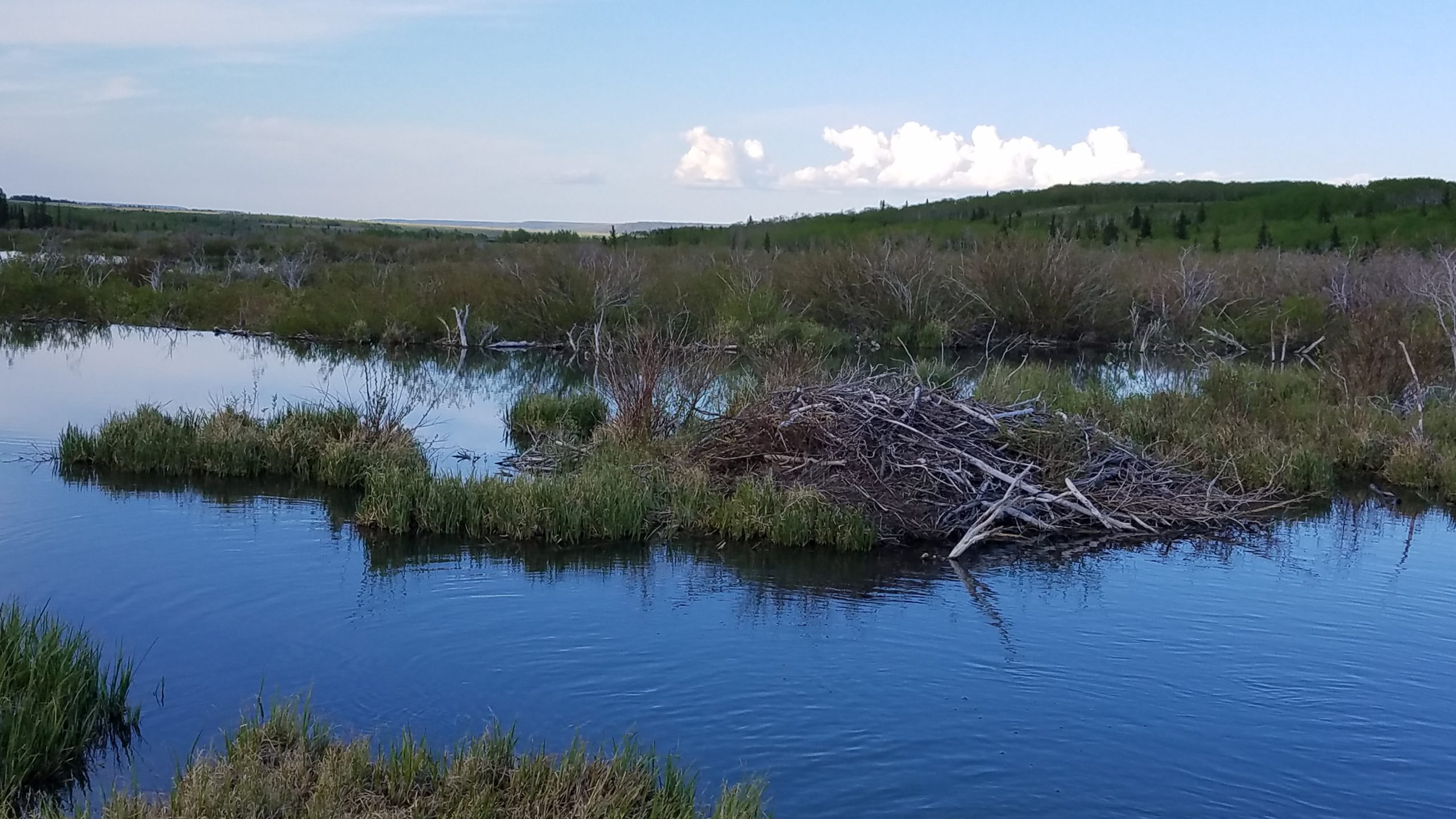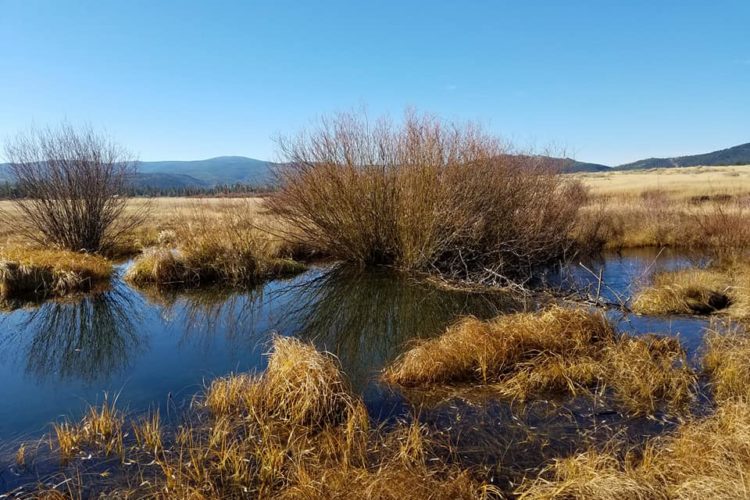We have much more to do and your continued support is needed now more than ever.
Planning for Resilient Forests
New guides help advocate for beavers and climate-smart restoration in National Forest planning

Planning healthy forests
The U.S. Forest Service manages 193 million acres of public land in the United States, including forested watersheds that provide over 60 percent of the water that serves people living in the western states. Water flowing through national forests also supports fish, wildlife, and a burgeoning outdoor recreation industry.
National forest plans set the overall management direction for a given forest and provide guidance for the design and execution of specific management actions. As the pace, scale, and magnitude of climate change has become increasingly evident, there is an urgent need for these plans to explicitly address the impacts and implications of a rapidly changing climate, and offer solutions to build resilience and ecological integrity.
Forest planning rules were updated in 2012, and the new regulations explicitly recognize the growing risks to national forests from climate change as well as expands opportunities for public input and engagement. With an emphasis on restoring and maintaining healthy and resilient ecosystems, the regulations require consideration of both climate adaptation (i.e., efforts to address the impacts of climate change on forests) and climate mitigation (i.e., efforts slow the pace of climate change).
Opportunities for improvement
Every one of us has a role in shaping national forest plans. Over the next few years, many national forests are or will be in the process of revising their forest plans. Because forest plans typically are in effect for at least 15 years — a timeframe that coincides with a critical period for addressing the global climate crisis — stakeholder engagement and input in the planning process can have an enduring impact not just on the future of our national forests but for our planet.

The National Wildlife Federation has published two complementary guides to support this participation:
A Guide to Advocating for Climate-Smart Restoration in National Forest Plans developed as a collaboration among the National Wildlife Federation, The Nature Conservancy, and American Forests with financial support from the Doris Duke Charitable Foundation offers background on the forest planning process as well as the scientific underpinnings of climate-smart forest restoration.
The guide then offers specific suggestions for how to evaluate and review draft plans from a climate change perspective and presents a series of “key questions” to help in crafting substantive comments that reflect emerging best practices for climate adaptation and mitigation. Finally, the guide provides a set of additional resources — including relevant statutes and regulations, websites, and literature — that can be useful in developing and submitting public comments on draft plans.

A Guide to Advocating for Beaver Restoration in National Forest Plans, written with substantial input from graduate students at the University of Montana and partners who regularly engage in forest planning processes, provides similar background and resources but focuses specifically on opportunities to include strong, proactive language in forest plans aimed at restoring beavers and the ecological functions they provide. (For an example of how beavers support birds, fish, and wildlife, see the National Wildlife Federation’s Working With Beavers resources.) This guide includes a sample comment letter based on the National Wildlife Federation’s advocacy for beaver restoration in New Mexico.
Reviewing and commenting on a forest plan can be intimidating, given the document’s size, complexity, and breadth of topics. But you don’t need to be an expert to provide meaningful feedback, nor should you feel the need to comment on each and every plan element. By sharing your values and concerns, and by flagging parts of the plan where you see opportunities for improvement — as well as providing positive feedback for strong provisions in the draft plan — you will advance and inform a dialogue that helps support the development and implementation of more effective forest plans, supporting better management decisions for years to come.
Help us continue our work supporting wildlife.
DONATE




















